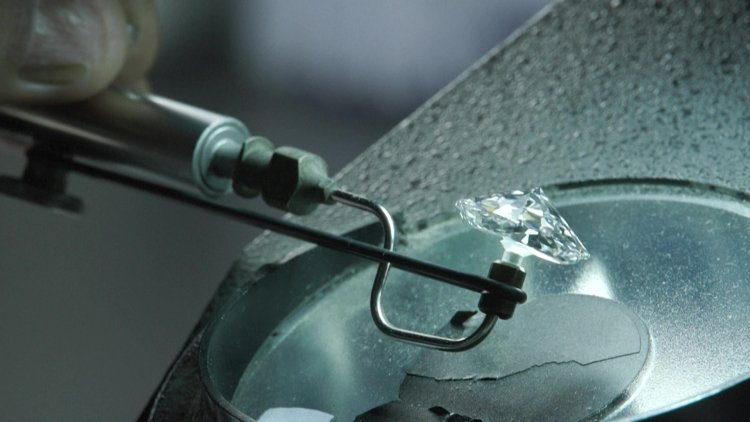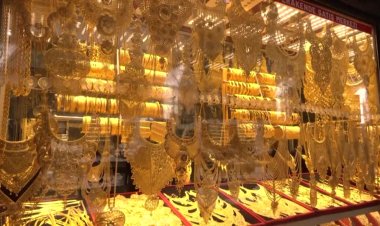Lab-Grown Diamonds Transform Market

The glittering diamonds sparkle the same but there are key differences: mined natural gems are more than a billion years old, while laboratory-made rocks are new and cost less than half the price.
Man-made gems are reshaping the $89 billion global diamond jewelry market, especially in the west Indian city of Surat where 90 percent of the world's diamonds are cut and polished.
In Smit Patel's gleaming lab, technicians drop crystal diamond "seed" slices into reactors mimicking the extreme pressure far underground.
"Once the customer sees it for herself, they are sold. I believe this is the future," said Patel, director of Greenlab Diamonds and the third generation of his family to deal in diamonds.
From seed to ring-ready jewels, his team takes less than eight weeks to produce a diamond virtually indistinguishable from a mined gem.
Lab-grown diamond exports from India tripled in value between 2019 and 2022, while export volumes rose by 25 percent between April and October 2023, up from 15 percent in the same period a year earlier, according to the latest industry data.
Reactors in labs such as Patel's are pumped full of carbon-containing gasses such as methane and the crystal grows under heat and pressure.
Rough diamonds are then taken to another facility where hundreds of workers design, cut and polish the stones.
Machine-made diamonds were first developed in the early 1950s but it took technological leaps to create a commercially viable process less than a decade ago.
Producers boast that their gems come at a lower carbon cost, although there are questions about whether the energy-intensive process is any better for the environment.
Such environmental and humanitarian claims have helped make lab-grown stones a popular choice for engagement rings.















